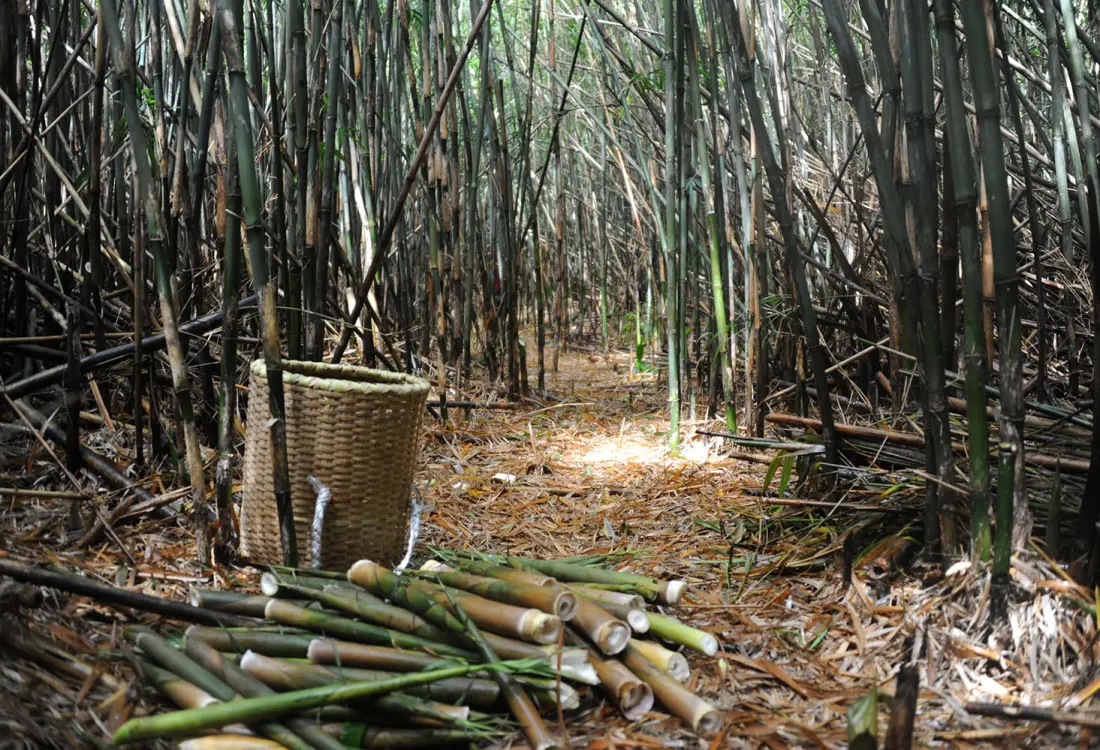
Mishima
Volcanic energy across three islands
A massive ancient eruption. A submerged caldera. Volcanic hot springs. Gold sulfur. Feral peacocks. Sound intriguing? Welcome to the smoking hot volcanic energy of the Kikai Caldera.
The Mishima Village Kikai Caldera Geopark is one of the most compact geoparks in the world, located in the seabed 100 kilometers south of Kagoshima. It spans the three islands of Takeshima, Ioujima, and Kuroshima—collectively referred to as Mishima Village—which archaeological sites suggest have been inhabited by humans for more than 3,000 years. Although the islands are now home to only a few hundred people living mainly off fishing and agriculture, it’s exciting to note that the Kikai Caldera is ranked class A for volcanic activity.
Around 7,300 years ago, the monstrous Akahoya eruption of the 19-kilometer-wide Kikai Caldera provoked a series of earthquakes and tsunamis, spewing a pyroclastic flow of destructive ash, lava, and gases that swept across the sea to strike the mainland during Japan’s prehistoric Jomon period. Today, the stratovolcano is still continuously erupting in white smoke and emitting massive amounts of sulfur dioxide. Fortunately for eco-adventurous visitors, this volcanic energy also creates natural hot springs, dramatic rocky cliffs, and colorful outcrops, not to mention geothermal power.
Takeshima (population 70), the “bamboo island,” owes its name to the dense Ryukyuchiku (Daimyo bamboo) forests that cover almost all of its 4.2-square-kilometer surface. The bamboo shoots are harvested in May, served boiled or grilled, and make up the tiny island’s main export, so be sure to pick some up as local souvenirs.

Takeshima Port, a three-hour ferry ride from Kagoshima, is the gateway to Mishima Village. The first thing you will see is an educational site depicting the original Akahoya eruption, which produced three different types of sediments: pumice (light and porous volcanic rock), ignimbrite (volcanic rock consisting of pumice fragments), and pyroclastics (other rock fragments). Since the Edo era, Takeshima islanders have been using Akahoya tuff, made of consolidated volcanic ash, as stone material for sculptures and other buildings.
Two other geological outcrops on the island are particularly dramatic: Kagominato, once a steep harbor on the caldera’s edge to the south, where fine rhyolite lava created sandy white cliffs; and Takeshima’s crimson Red Cliffs on the east coast.
Ioujima (population 120), the “sulfur island,” is located in the Kikai Caldera’s central crater, accessible by a 40-minute ferry ride from Takeshima, and where most of the action is. Its iconic Mount Io began growing out of the caldera about 5,300 years ago, and its fuming fumaroles consistently emit hot sulfurous gases that turn the surrounding seawater yellow.
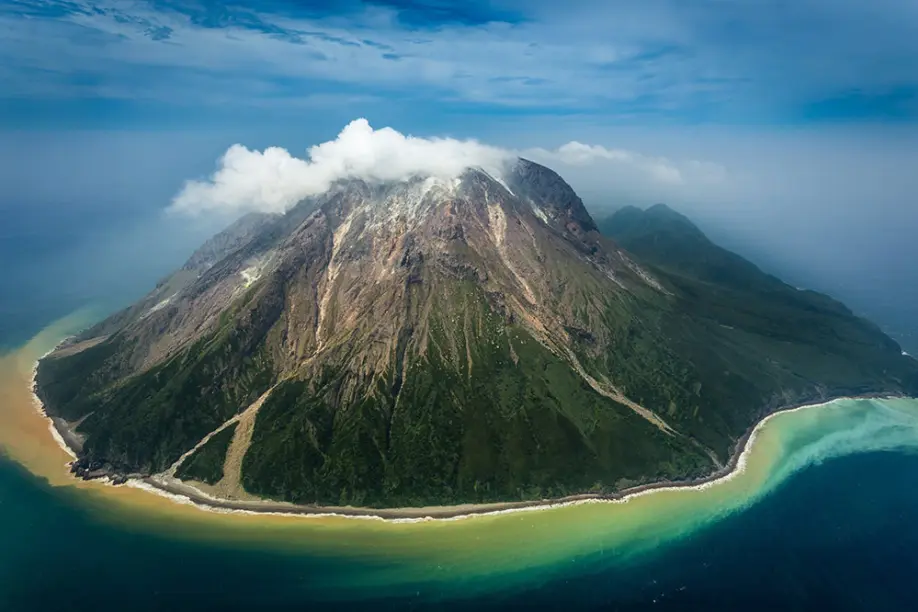
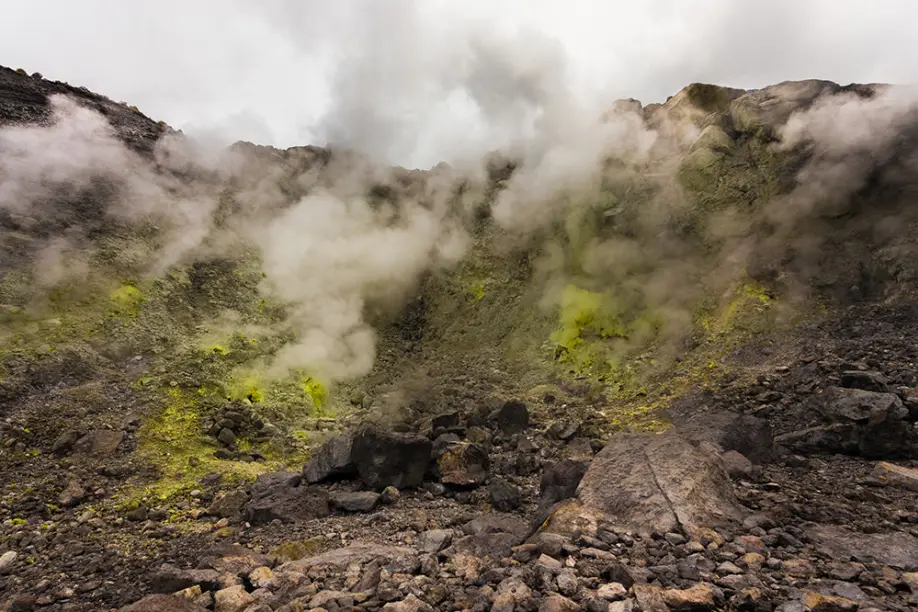
Ioujima was once famous for its sulfur, which islanders had begun to exploit during the Meiji era to make gunpowder until the mine finally closed in 1964. Today, the explosive element is being repurposed to make fiery sparklers and other fireworks to light up dark nights. In parallel, Iojima is conducting pilot experiments with the island’s abundant geothermal heat to produce liquid hydrogen, a clean energy source that emits minimal carbon dioxide.
Arriving at the port of Nagahama Bay, you will immediately be struck by the water’s rusty orange color, which results from the hot seabed’s high concentration of iron coming into contact with oxygen. As the seawater’s surface pattern varies depending on the tide, wind direction, ocean current, precipitation, and other meteorological factors, it’s fascinating to observe this living, breathing seascape over time.

Ioujima’s most famous tourist attraction is likely Higashi Onsen, a “secret” hot spring about an hour’s walk east of the port. Bathing in this secluded natural hot tub with a private view is a unique experience that is worth the walk. The hot spring water containing volcanic gas is exceptionally acidic with a pH of 1.2, attracting photosynthetic cyanobacteria that make the transparent water appear green. When this water flows into the sea, the chemical reaction turns it milky white.

Just east of Ioujima, a more recent eruption of the Kikai Caldera in 1934–1935 spawned Showa Ioujima, Japan’s youngest island. Although it has almost no vegetation yet, there is reportedly already an ecosystem of Taiwanese crabs inhabiting its shores.
So, where did the peacocks come from? They were introduced as decorative living accessories for a resort complex established on the island in 1973. Ever since the business closed in 1983, the peacocks have become feral mascots on the volcanic island.
Kuroshima (population 180), the “black island,” is the largest of the Mishima three, rich with dense, lush forests, and the most biodiverse. Its fertile black soil is mostly planted with grass, grazed by strong black cows raised as premium Mishima livestock. Freshwater gushing out of the forest forms a white waterfall next to eroded plateaus formed by overlapping pyroclastic flows and lava in the Nagon Valley.
As a volcanic island, Kuroshima is older than and distinct from Iojima and Takeshima, which are part of the geological Kikai Caldera. Kuroshima has long been eroded over time by the waves, revealing the inside of the cliffs on its southwest coast. The Shiotehana geosite features a spectacular cliffside promenade where you can gaze up at the plunging vertical crevices of its jagged rocky wall while contemplating eons instead of eras.
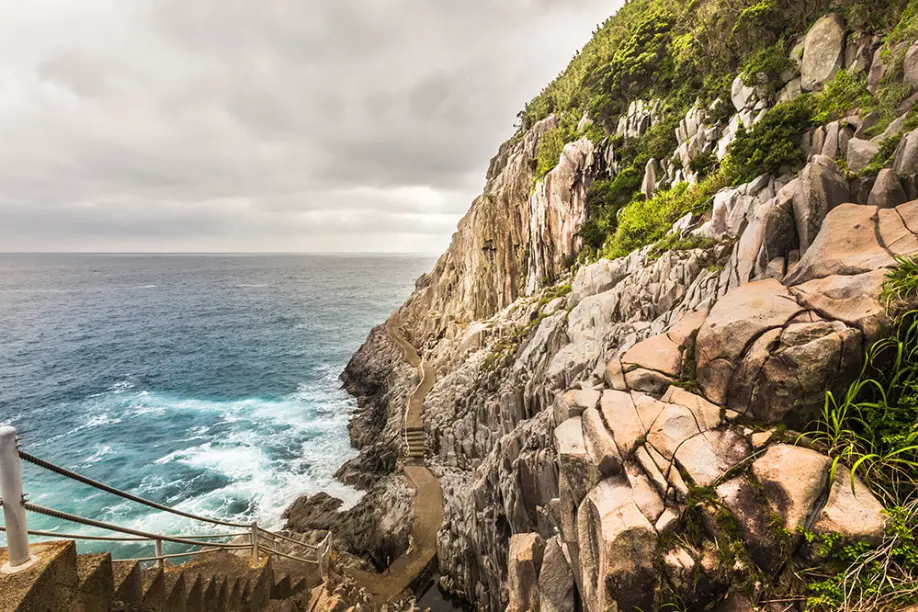
From the western port of Kuroshima, it’s a five-hour ferry journey back to Kagoshima.
Mount Io

Fumarole and sulfur
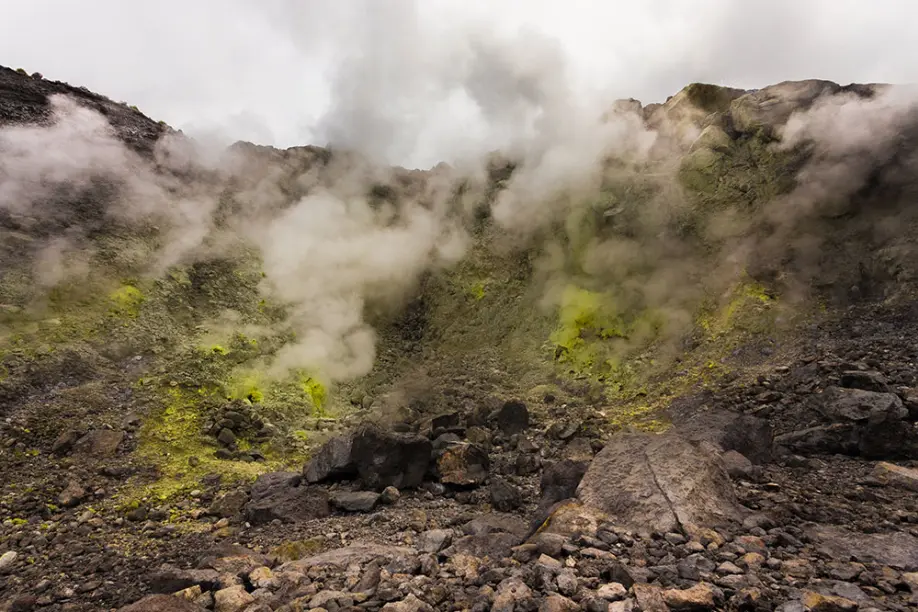
Nagahama Bay
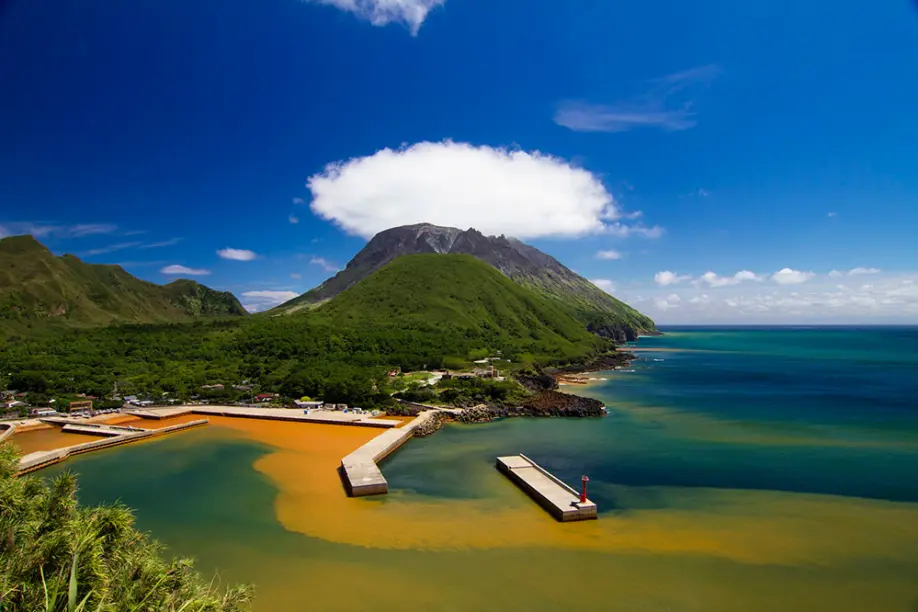
Higashi Onsen
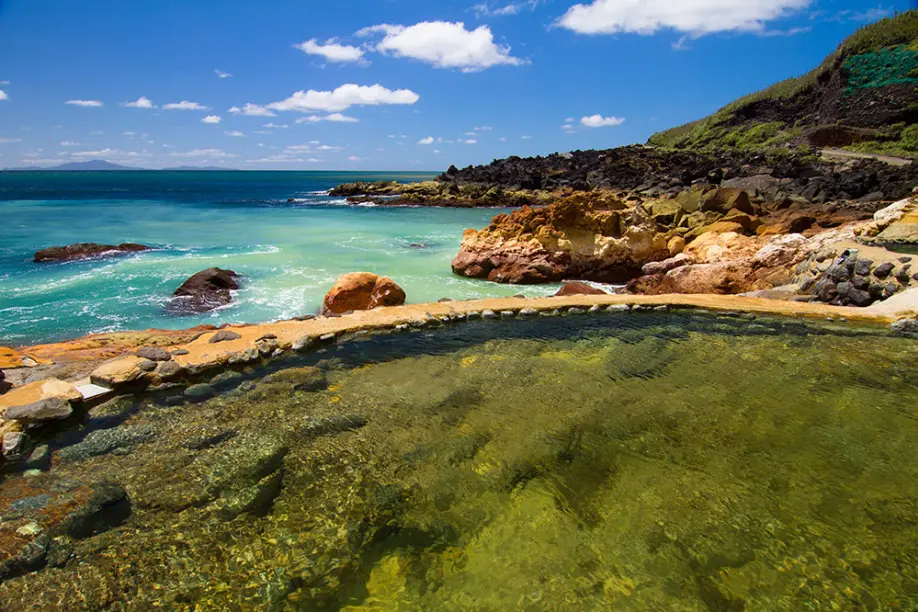
Kuroshima
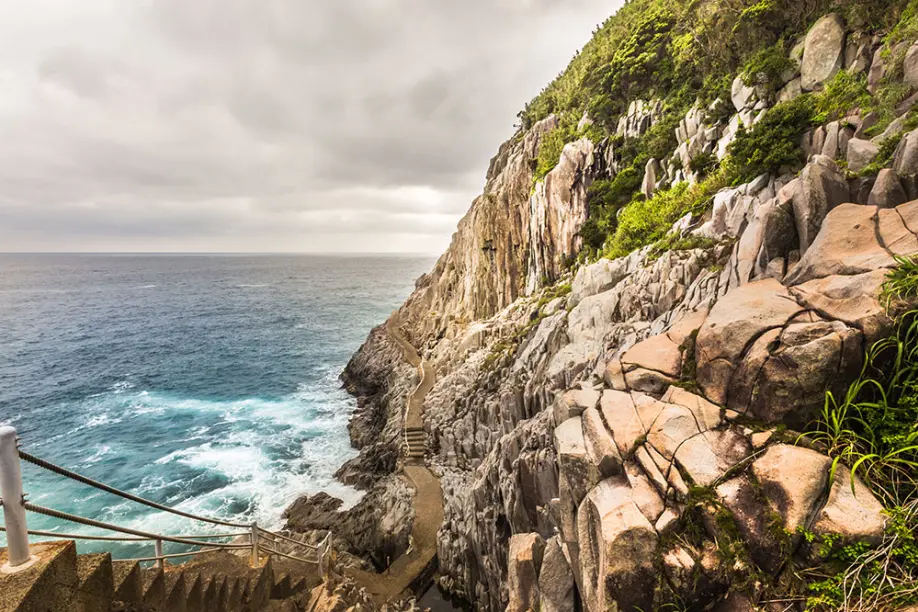
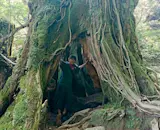
Cherise Fong
Originally from San Francisco, I arrived in Tokyo with my bike and my backpack one rainy day in summer. Since then, I travel through the archipelago by bicycle, train and boat, often to the rhythm of taiko and shinobue, always looking for new paths and unique perspectives.
 Hiking Matsushima Olle: Course to Explore the Nature and Intriguing History of Amakusa Island
Hiking Matsushima Olle: Course to Explore the Nature and Intriguing History of Amakusa Island Mount Aso: Nature at Its Most Majestic
Mount Aso: Nature at Its Most Majestic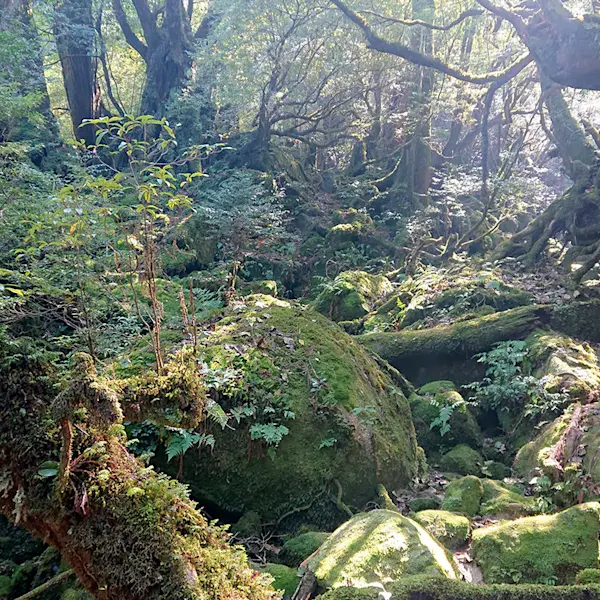 Yakushima: Trekking through Japan’s thousands-year-old forest
Yakushima: Trekking through Japan’s thousands-year-old forest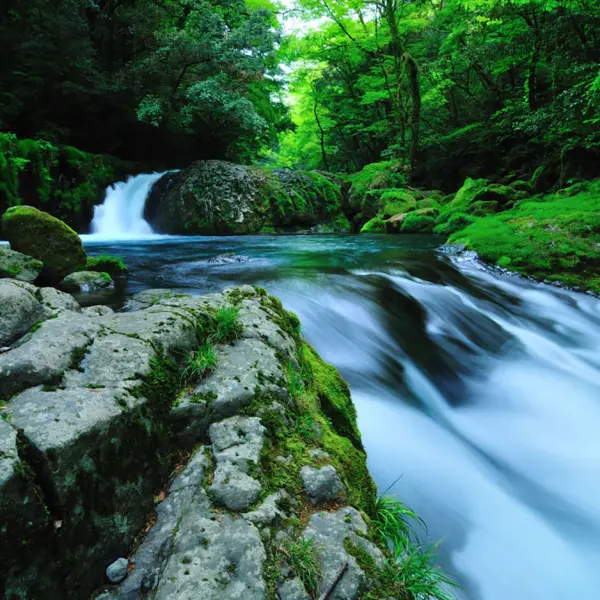 Kikuchi District - The Great Outdoors of Kyushu
Kikuchi District - The Great Outdoors of Kyushu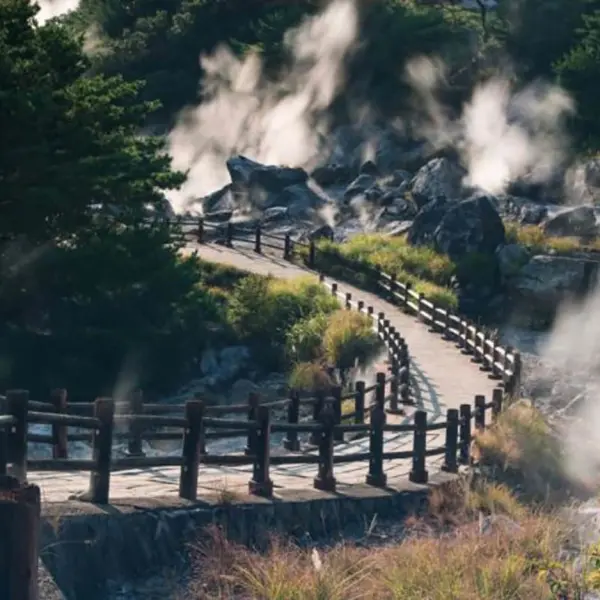 To Hell and Back: Walk Through the Steamy Hot Springs of Unzen
To Hell and Back: Walk Through the Steamy Hot Springs of Unzen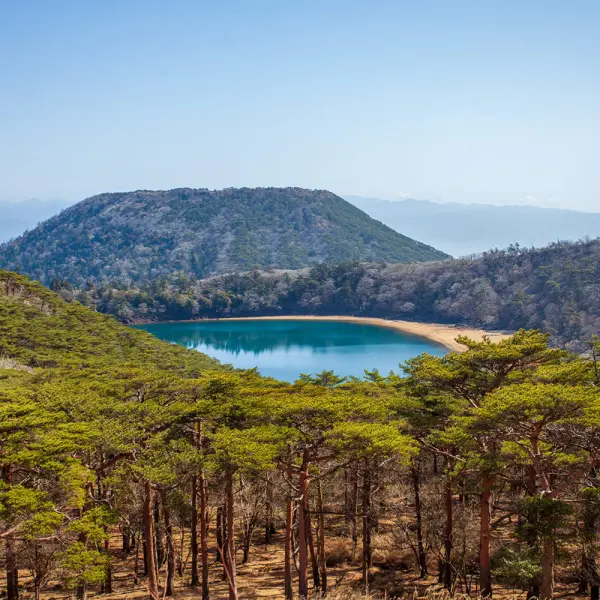 Hiking in Ebino Highlands: Explore the Crater Lakes in the Company of Friendly Deer
Hiking in Ebino Highlands: Explore the Crater Lakes in the Company of Friendly Deer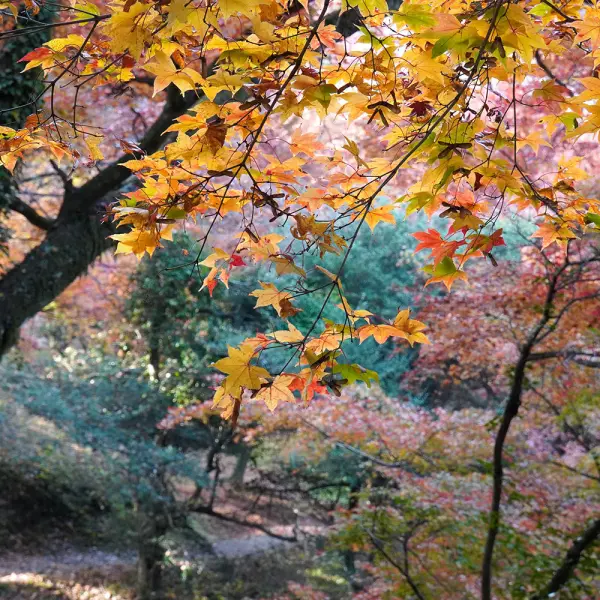 Kyushu Olle: An Autumn Hike on the Okubungo Course
Kyushu Olle: An Autumn Hike on the Okubungo Course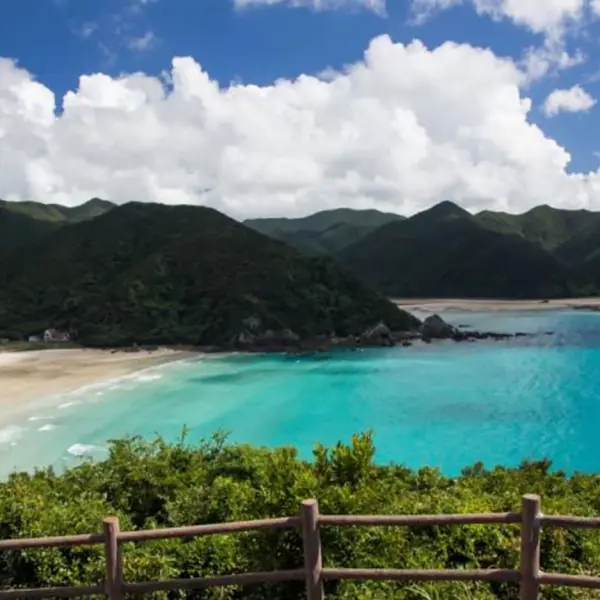 Driving Around Fukue Island: Hidden Churches and Stunning Beaches
Driving Around Fukue Island: Hidden Churches and Stunning Beaches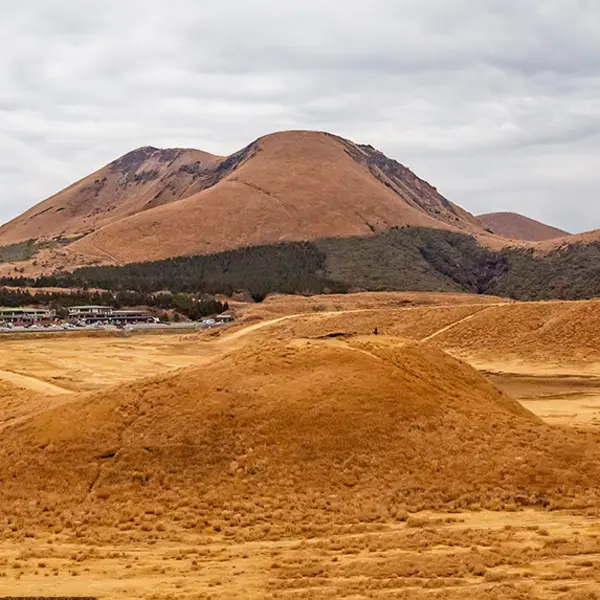 Hiking Trails at Aso Kusasenri
Hiking Trails at Aso Kusasenri Cape Toi in Miyazaki: A Festival of Colors
Cape Toi in Miyazaki: A Festival of Colors




